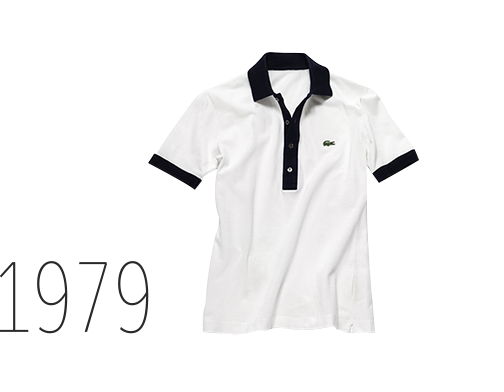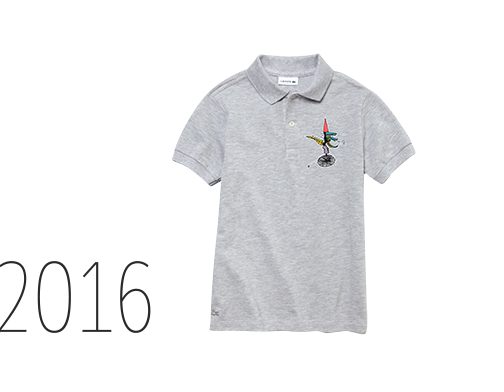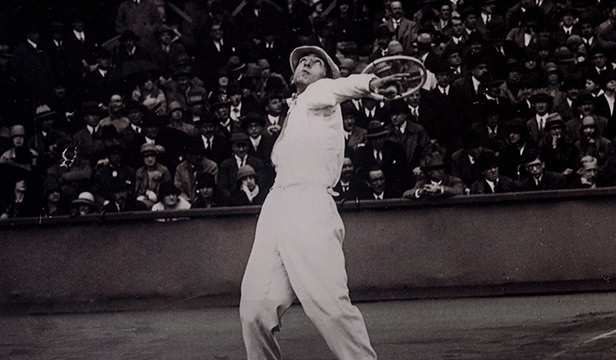LACOSTE FROM 1933
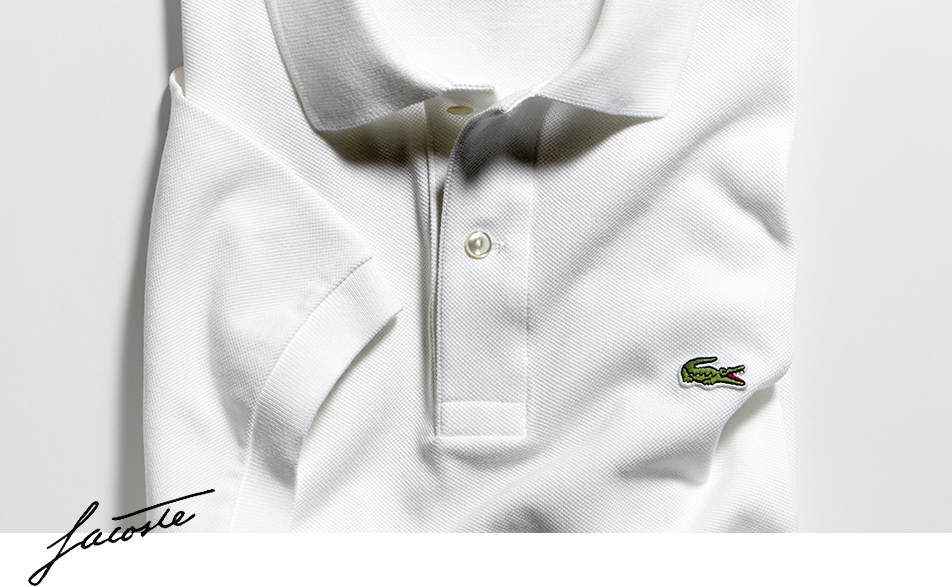
The polo: secrets of a legend
René Lacoste invents the iconic polo by cutting the sleeves off a shirt. Discover the savoir-faire in every stitch of this sporting wardrobe essential.
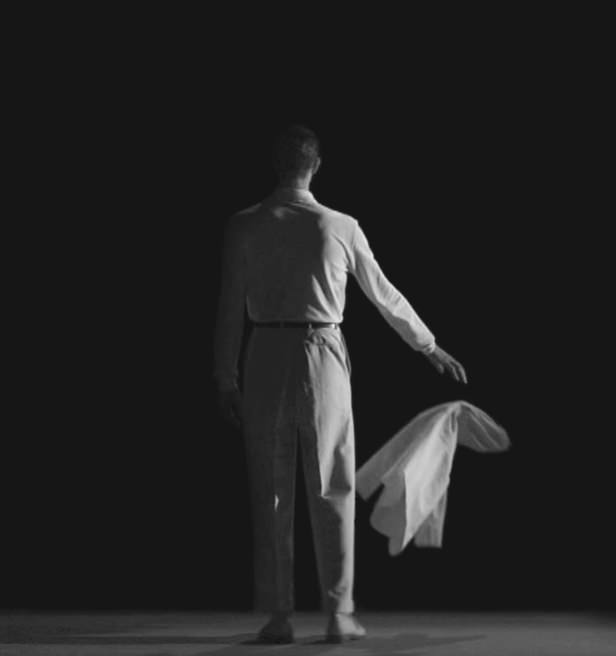

The polo revolution
“Above all, elegance requires clothes that are adapted to the situation or circumstances.” As good as his word, René Lacoste cuts off the sleeves of a long-sleeved shirt, which he feels is hardly appropriate for the game of tennis. Revolution. The year is 1933. The polo is born; the Lacoste style defined.

Why L.12.12 ?

1 . FOR ITS UNIQUE FABRIC
2 . FOR THE SHORT-SLEEVED MODEL
12 . FOR THE VERSION CHOSEN BY RENÉ LACOSTE
The art of manufacturing
Even though, since 1933, the style of the polo has shifted with the fashion, its manufacturing methods have not. Troyes, French knitwear capital, is where the unique polo savoir faire is born, today being exported around the world. Knitting, dyeing, cutting, attaching the embroidered crocodile and assembling the pieces: these five steps, requiring expertise and an excellent eye for detail, give the polo its inimitable style.
Knitting
Selected for its exceptional quality, the cotton yarn is knitted on a circular machine using a unique technique, which gives the celebrated petit piqué its singular durability and flexibility.
The crocodile signature
Whether machine-sewn, or hand-embroidered, the number of stitches required for each crocodile is around 1600. A testament to the authenticity of each polo shirt.
Assembling
Each piece is sewn together by hand, bringing the polo to life. Braiding is sewn onto the shoulder and collar in order to finish the garment and reinforce its structure.
Petit piqué, style and performance
Made of fine mesh, petit piqué is the emblematic fabric of the Lacoste polo. A revolutionary knit designed by René Lacoste gives the polo its signature comfort and elegance.

POLO IN THE WORLD OF FASHION
The legend repeats itself throughout the seasons. Just like she repeated her style. The iconic polo is revised every season or re-created with collaborations, where artists and designers are the source of inspiration.
EXCITING POLO
DISCOVER MORE
- Argentina
- Australia
- Belgium
- Brazil
- Canada
- Ceská Republika
- Danmark
- Deutschland
- España
- France
- India
- Ireland
- Italy
- Kingdom Of Saudi Arabia
- Latvija
- Lietuva
- Magyarország
- Netherland
- Österreich
- Portugal
- Polska
- Slovensko
- Sweden
- Switzerland
- Türkiye
- United Arab Emirates
- United Kingdom
- Usa
- Россия
- 中华人民共和国
- 日本国
- 한국
- Україна
- Autres Pays















